Chip发表北理工沈国震、山大李阳、哈工大王琮团队综述论文:用于电阻式随机存取存储器和神经形态应用的碳基忆阻器
FUTURE远见| 2024-05-31
Future|远见
Future|远见future选编
近日,北京理工大学沈国震团队联合山东大学李阳团队、哈尔滨工业大学王琮团队以「Carbon-based memristors for resistive random access memory and neuromorphic applications」¹为题在Chip上发表综述论文,介绍了碳基忆阻器在电阻式随机存取存储器和神经形态方向的应用和最新进展。第一作者为杨帆、刘兆锐,通讯作者为沈国震、李阳和王琮。Chip是全球唯一聚焦芯片类研究的综合性国际期刊,是入选了国家高起点新刊计划的「三类高质量论文」期刊之一。

随着计算复杂度和功耗的增加,基于冯诺依曼(Von Neumann)架构的计算机系统遇到了存储器和中央处理器分离的瓶颈²。同时,存储器与中央处理器之间的性能差距逐渐加大,不适合解决非结构化问题,并且在处理大量数据的过程中消耗大量能量³。忆阻器件作为一种不同于传统电阻、电容、电感的新兴无源电子器件,兼具存储和计算的特性,在集成密度、计算速度、功耗等方面具有突出的优势⁴。高性能忆阻器的发展也是先进类脑神经形态系统发展的迫切需要。碳纳米材料作为纳米材料的典型代表,以其独特的物理化学性质、多维度、多杂化方法和优异的电子性能在电子器件的构建中受到了广泛的关注。特别是近年来,基于碳纳米材料的忆阻器在构建非易失性存储器件和神经形态应用领域得到了蓬勃发展(图1)。
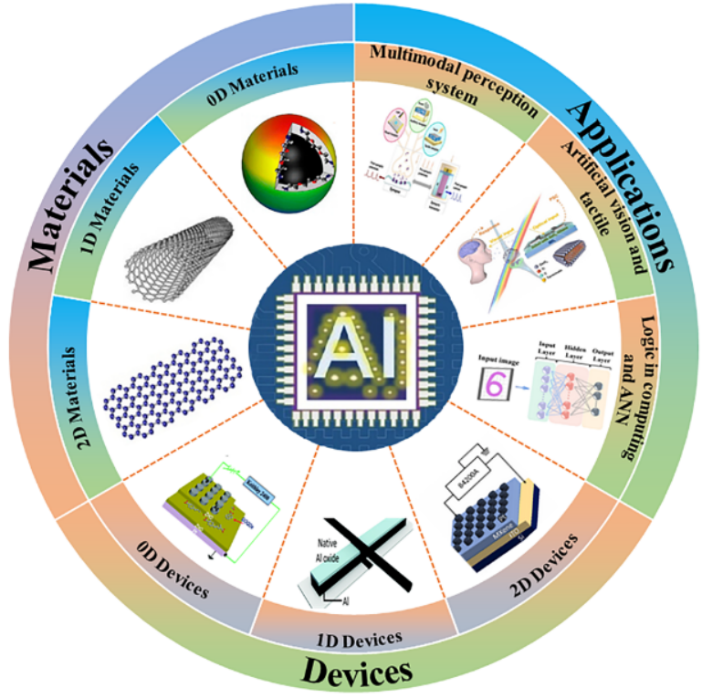 图1 碳基忆阻器的研究进展。
图1 碳基忆阻器的研究进展。该综述首先介绍了0D、1D、2D纳米材料的性能特点及合成方法(图2)。然后,对基于碳纳米材料忆阻器的可变电阻式存储器(Resistive Random-Access Memory,RRAM)的加工方法、性能、内在机制和应用场景以及神经形态应用进行了很好的讨论。
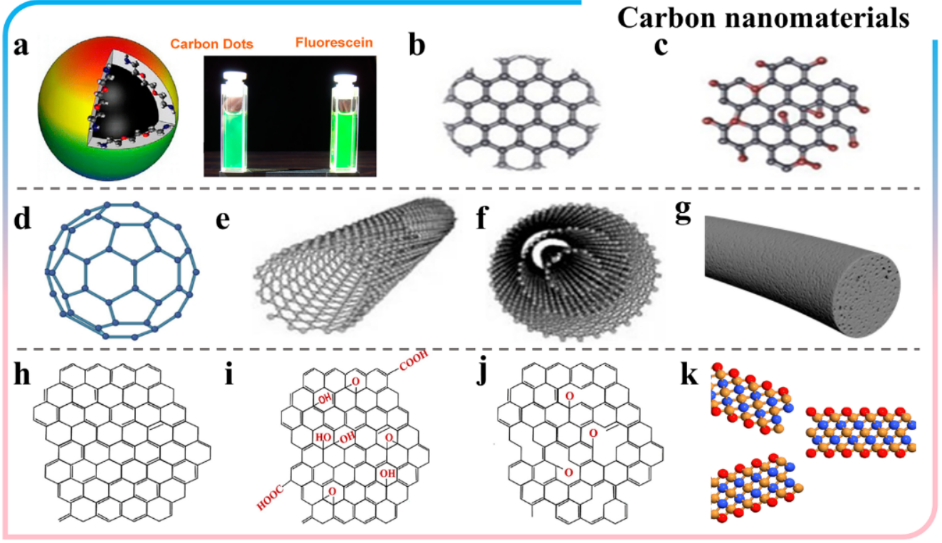 图2 碳纳米材料分类。
图2 碳纳米材料分类。最后,讨论了碳基忆阻器的未来发展方向(图3)⁵。相信该综述可以全面概述基于碳纳米材料的忆阻器的现有研究成果和未来面临的挑战,并为集传感、存储和计算为一体的碳基忆阻器的未来发展开辟新的视角。
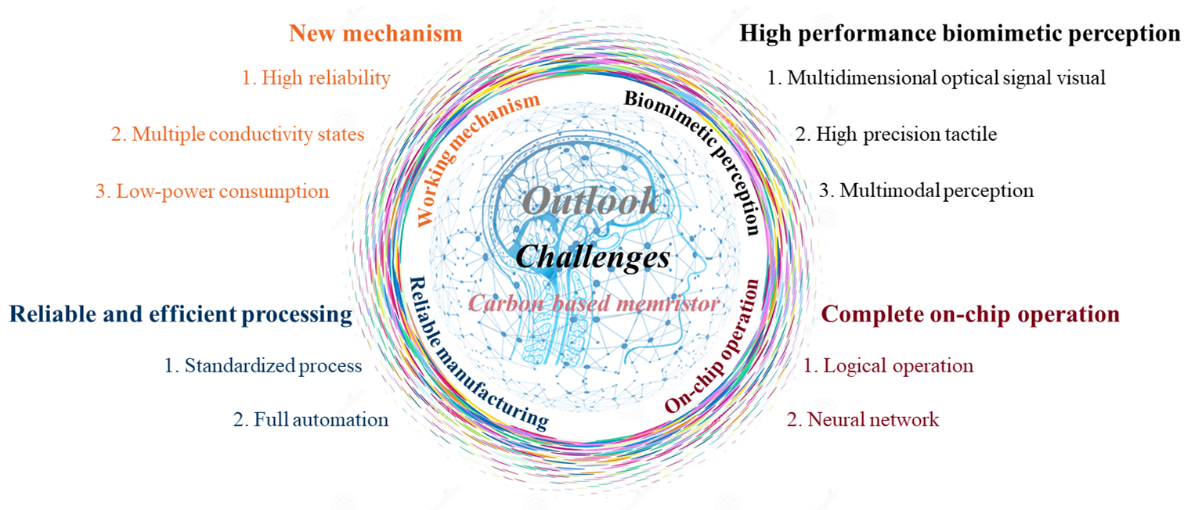 图3 碳基忆阻器的发展方向与挑战。
图3 碳基忆阻器的发展方向与挑战。Carbon-based memristors for resistive random access memory and neuromorphic applications¹
With the increase in computational complexity and power consumption, computer systems based on the Von Neumann architecture have encountered the bottleneck of separating the memory and the central processor². At the same time, the performance gap between the memory and the central processor has gradually increased, which makes it unsuitable for solving unstructured problems and consumes a lot of energy in processing large amounts of data³. As a kind of memristor device that is different from the traditional resistors and capacitors, memristor devices have outstanding advantages in terms of both integration density and computational characteristics⁴. The development of high-performance memristor devices is also urgently needed for the development of advanced brain-like neuromorphic systems. Carbon nanomaterials, as a typical representative of nanomaterials, have received extensive attention in the construction of electronic devices for their unique physicochemical properties, multi-dimensionality, multi-hybridization methods and excellent electronic properties. Especially in recent years, carbon nanomaterials-based memristors have flourished in the construction of nonvolatile memory devices and neuromorphic applications (Fig. 1).
 Fig. 1 | Progress of carbon-based memristors.
Fig. 1 | Progress of carbon-based memristors.The review first introduces the performance characteristics and synthesis methods of 0D, 1D, and 2D nanomaterials (Fig. 2). Then, the processing methods, properties, intrinsic mechanisms, and application scenarios of carbon nanomaterial memristor based resistive random-access memory(RRAM) and neuromorphic applications are well discussed.
 Fig. 2 | Carbon nanomaterials classification.
Fig. 2 | Carbon nanomaterials classification.Finally, the future direction of carbon-based memristors is discussed (Fig. 3)⁵. It is believed that this review can provide a comprehensive overview of the existing research results and future challenges of carbo nanomaterial based memristors and open new perspectives for the future development of carbon-based memristors integrating sensing, storage, and computation.
 Fig. 3 | Carbon-based memristor directions and challenges.
Fig. 3 | Carbon-based memristor directions and challenges.参考文献:
1. Yang, F. et al. Carbon-based memristors for resistive random access memory and neuromorphic applications. Chip 3, 100086 (2024).
2. Xu, R. et al. A lateral AlGaN/GaN Schottky barrier diode with 0.36-V turn-on voltage and 10-kV breakdown voltage by using double-barrier anode structure. Chip 3, 100079 (2024).
3. Baek, J. H. et al. Two-Terminal Lithium-Mediated Artificial Synapses with Enhanced Weight Modulation for Feasible Hardware Neural Networks. Nano-Micro Lett. 15, 69 (2023).
4. Rao, M. et al. Thousands of conductance levels in memristors integrated on CMOS. Nature 615, 823–829 (2023).
5. Yao, P. et al. Fully hardware-implemented memristor convolutional neural network. Nature 577, 641-646 (2020).
论文链接:
https://www.sciencedirect.com/science/article/pii/S2709472324000042
作者简介
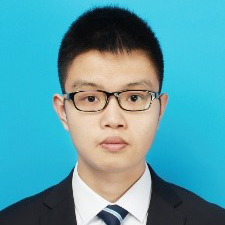
杨帆,哈尔滨工业大学电子与信息工程学院2023级博士研究生在读,主要研究方向为基于忆阻器的神经形态感知系统。
Fan Yang is a Ph.D. student in the class of 2023 at the School of Electronic and Information Engineering, Harbin Institute of Technology (HIT), and his main research interests are in neuromorphic sensing systems based on memristors.

刘兆锐,济南大学信息学院2021级硕士研究生在读,主要研究方向为神经形态光电忆阻器。
Zhaorui Liu is a Master's student in the class of 2021 at the School of Information Studies, Jinan University, with a major research interest in neuromorphic optoelectronic memristors.
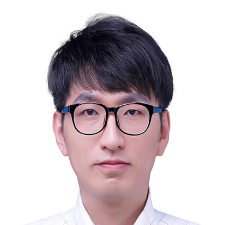
李阳,教授,博士生导师,IEEE高级会员,科技部中韩青年科学家、山东省泰山学者青年专家、山东省高校集成电路创新团队带头人、山东省优秀青年基金获得者、山东省青年科技人才托举工程入选者、齐鲁青年学者(第一层次)、山东省高层次人才,集成芯片与系统全国重点实验室高级访问学者,主持国家自然科学基金项目、科技部项目、山东省重大基础研究项目、山东省优秀青年基金项目、山东省重点研发计划项目等省部级以上重点项目15项。
Yang Li, professor, doctoral supervisor, senior Member of IEEE, China-Korea Young Scientist of Ministry of Science and Technology, Taishan Scholar Young Expert of Shandong Province, Leader of Integrated Circuit Innovation Team of Shandong Province Universities, Outstanding Youth Fund Recipient of Shandong Province, Selected by Shandong Province Young Scientific and Technological Talents Supporting Project, Qilu Young Scholar (First Level), Shandong Province High-Level Talents, Senior Senior Scientist of National Key Laboratory of Integrated Chips and Systems. He has presided over 15 key projects at provincial and ministerial levels, such as the National Natural Science Foundation of China, the Ministry of Science and Technology, the Shandong Provincial Major Basic Research Project, the Shandong Provincial Outstanding Youth Fund Project, and the Shandong Provincial Key Research and Development Program Project.

王琮,哈尔滨工业大学电子与信息工程学院教授,博士生导师,青岛大学客座教授,韩国光云大学客座教授。研究聚焦电子器件设计与建模、半导体器件加工以及无线射频技术,在生物医学等前沿方向取得了一系列具有国际影响的成果。在本学科国内外权威期刊上发表学术论文300余篇,代表性成果在InfoMat,Biosensors and Bioelectronics等国际权威期刊上发表。
Cong Wang is a professor and doctoral supervisor at the School of Electronic and Information Engineering, Harbin Institute of Technology, a visiting professor at Qingdao University, and a visiting professor at Kwangwoon University in South Korea. His research focuses on electronic device design and modeling, semiconductor device processing, and wireless RF technology, and he has achieved a series of internationally influential results in biomedical and other frontier directions. He has published more than 300 academic papers in prestigious journals in and out of China, and his representative results have been published in InfoMat, Biosensors and Bioelectronics, and other international prestigious journals.

沈国震,现任北京理工大学集成电路与电子学院特聘教授,国家杰出青年科学基金获得者。长期从事低维半导体材料及相关柔性电子器件的研究。以第一完成人身份获北京市科学技术二等奖、中国材料研究学会科学技术一等奖等。现任英国皇家化学会会士、中国材料研究学会理事。发表SCI收录论文300余篇,获引用超过3万,H-index为95。
Guozhen Shen is currently a Distinguished Professor at the School of Integrated Circuits and Electronics, Beijing Institute of Technology, and a recipient of the National Outstanding Youth Science Foundation. He has long been engaged in the research of low-dimensional semiconductor materials and related flexible electronic devices. He was awarded the Second Prize of Science and Technology of Beijing Municipality and the First Prize of Science and Technology of China Society for Materials Research as the first complete author. He is currently a Fellow of the Royal Society of Chemistry and a Councilor of the Chinese Society for Materials Research. He has published more than 300 SCI papers with more than 30,000 citations and 95 H-index.
关于Chip
Chip(ISSN:2772-2724,CN:31-2189/O4)是全球唯一聚焦芯片类研究的综合性国际期刊,已入选由中国科协、教育部、科技部、中科院等单位联合实施的「中国科技期刊卓越行动计划高起点新刊项目」,为科技部鼓励发表「三类高质量论文」期刊之一。
Chip期刊由上海交通大学出版,联合Elsevier集团全球发行,并与多家国内外知名学术组织展开合作,为学术会议提供高质量交流平台。
Chip秉承创刊理念: All About Chip,聚焦芯片,兼容并包,旨在发表与芯片相关的各科研领域尖端突破性成果,助力未来芯片科技发展。迄今为止,Chip已在其编委会汇集了来自14个国家的69名世界知名专家学者,其中包括多名中外院士及IEEE、ACM、Optica等知名国际学会终身会士(Fellow)。
Chip第三卷第一期已于2024年3月在爱思维尔Chip官网以金色开放获取形式(Gold Open Access)发布,欢迎访问阅读本期最新文章。
爱思唯尔Chip官网:
https://www.sciencedirect.com/journal/chip




